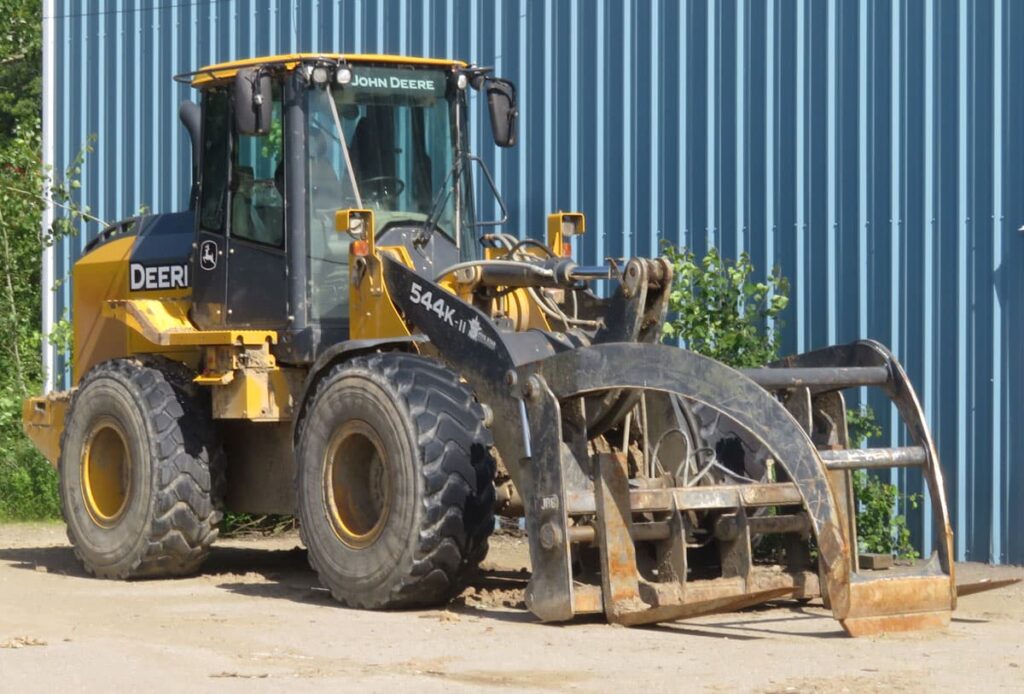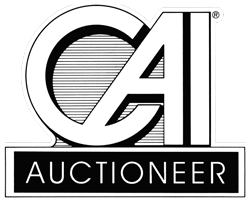Sealed bid auctions are an effective method often used for selling specialty assets that have a high degree of complexity. In a sealed bid auction, buyers are given a specific timeframe within which they can submit their highest and best bid. Unlike traditional auctions where multiple rounds of bidding occur, sealed bid auctions allow only one bid per buyer. Once the bidding period closes, the seller reviews all submitted bids and selects the highest and best offer. The winner is then awarded the asset.
Table of Contents
Purpose of a Sealed Bid Auction
The primary purpose of a sealed bid auction is to provide a greater degree of comfort and fairness to all participating buyers. Each buyer is given equal opportunity to submit their highest and best bid after thoroughly reviewing all necessary documents and information. This method is particularly beneficial for assets with a narrow niche market or high complexity, allowing buyers to carefully consider their bids without the pressure of real-time competitive bidding.
Advantages of Sealed Bid Auctions
Both live auctions and sealed bid auctions have their unique advantages depending on the situation and the nature of the asset being sold. For unique assets with niche markets, sealed bid auctions can be advantageous for both buyers and sellers. Here are some key advantages:
- Time for Due Diligence: Buyers have ample time to review documents and perform any necessary inspections before placing their bid.
- Equal Opportunity: Each buyer has a fair chance to submit their best offer without the influence of other bidders' actions.
- Privacy: Bids are kept confidential, which can be appealing to both buyers and sellers, ensuring a discreet transaction process.

Winning Chances in a Sealed Bid Auction
In a sealed bid auction, each buyer has only one chance to submit their best bid. The terms of the auction dictate the process, and for Bright Star Auctions, each buyer gets one opportunity to present their highest offer. This means that buyers must be strategic and confident in their valuation of the asset to maximize their chances of winning.
Minimum Starting Bid
The requirement for a minimum starting bid depends on the terms set for the specific auction. If a minimum acceptable bid is required, it will be clearly stated in the auction's publicity and documentation. This ensures transparency and sets a baseline for the value of the bids submitted.
Bid Submission Process
To participate in a sealed bid auction, buyers must complete and submit a sealed bid auction packet. This packet includes all necessary documentation and must be filled out comprehensively. It is essential that the packet is submitted before the bidding deadline to be considered valid. The process ensures that all bids are formally recorded and evaluated fairly.

Role of Appraisals in Bidding
While it is not mandatory to obtain an appraisal before submitting a bid, it is sometimes advisable. Each buyer should take steps to achieve their desired level of comfort in placing a bid. Some sellers may allow buyers to conduct appraisals, providing an added layer of assurance. However, many buyers choose to forego this step and simply bid the amount they are willing to pay for the asset.
Conclusion
Sealed bid auctions offer a unique and effective method for buying and selling complex and specialty assets. They provide a fair and confidential environment for buyers to submit their best offers, ensuring that the highest and most suitable bid wins. As Bright Star Auctions hosts its first sealed bid auction on August 16 for Northwestern Hardwoods' complete sawmill operation in Clymer, NY, buyers can look forward to a transparent and efficient bidding process.






